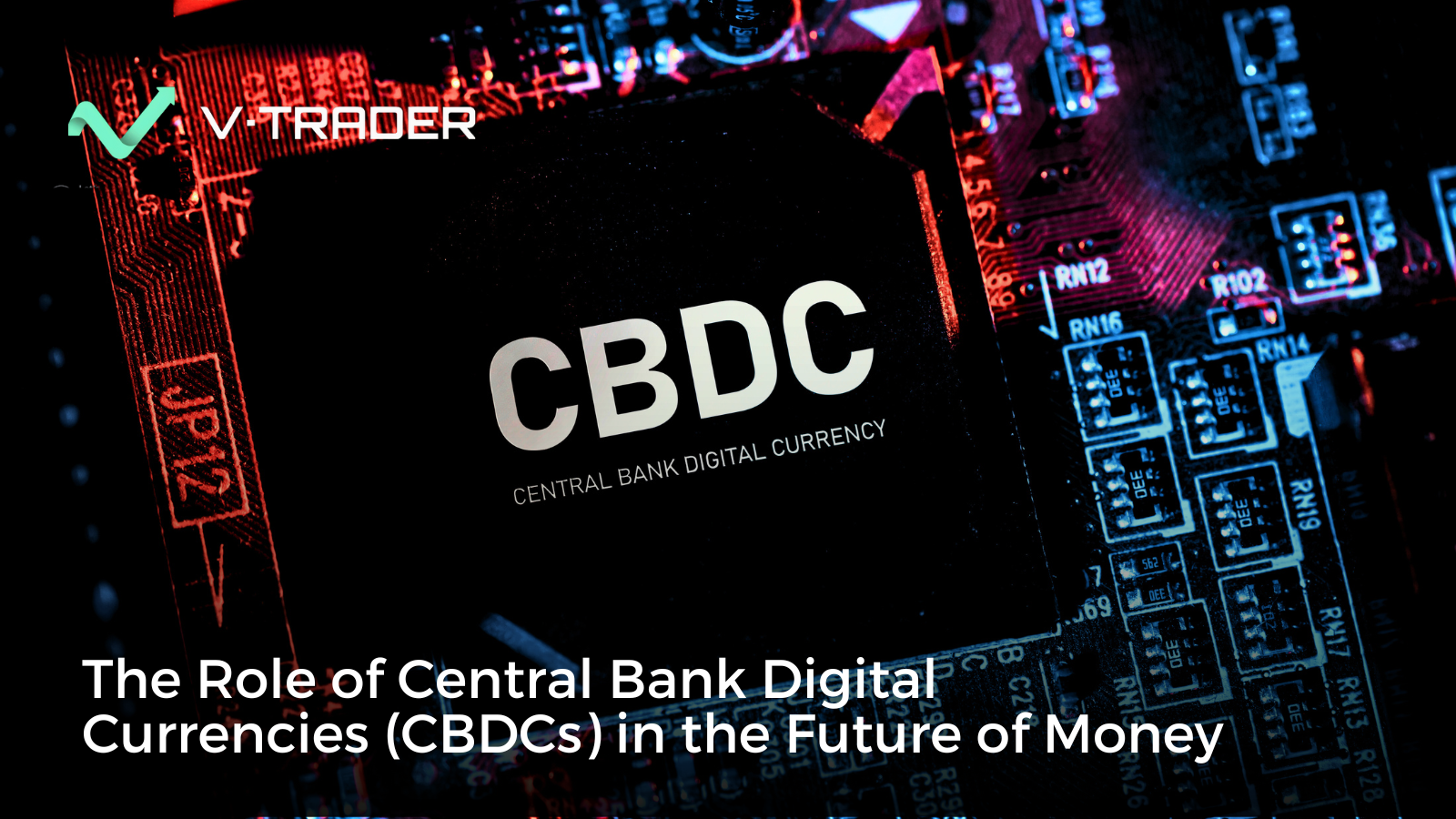Publicly traded Bitcoin miners are grappling with a challenging landscape as their share prices take a hit, reflecting broader difficulties in the crypto mining sector. Meanwhile, the industry is abuzz with speculation about the possible resurgence of a new stablecoin entrant, hinting at dynamic shifts in the digital currency ecosystem.
Bitcoin Mining Blues
Publicly traded Bitcoin miners are facing a tough time. Recent reports show a notable dip in their market valuations, a trend that appears to be driven by a combination of factors. Rising energy costs, regulatory pressures, and the ever-present volatility of Bitcoin prices are creating a perfect storm. As energy expenses soar, miners are finding it increasingly difficult to maintain profitability, especially as Bitcoin itself has seen fluctuating prices in recent months.
“Miners are in a bit of a bind right now,” explains crypto market analyst Jenna Leroux. “The cost of mining has escalated significantly, and with Bitcoin prices not providing the cushion they once did, many are struggling to keep the lights on—literally.”
Adding to their woes, regulatory crackdowns in regions like China have forced miners to relocate, often at great expense. This upheaval has contributed to a less stable operational environment, further impacting their bottom lines. For a deeper dive into the regulatory implications, see our coverage of the Supreme Court case involving Coinbase and the IRS.
A Glimmer of Hope?
In contrast to the miners’ malaise, the stablecoin sector seems to be on the cusp of a potential shake-up. Rumors are swirling about a new stablecoin poised to enter the market, possibly backed by a major financial institution. Such a development could breathe new life into the stablecoin arena, offering a fresh alternative to established players like Tether and USDC.
The stablecoin sector has been under scrutiny for its lack of transparency and regulatory compliance, issues that a new entrant might address head-on. “A new player could really shake things up, provided they focus on transparency and regulatory alignment,” notes blockchain strategist Marcus Hargrove. “Investors are hungry for stable, reliable options, especially in these uncertain times.” This follows a pattern of innovation in the sector, as seen in Mesh’s integration of Apple Pay to facilitate crypto spending.
While details remain scarce, the prospect of a well-backed stablecoin has piqued the interest of many in the industry. If successful, it could offer a more secure option for those wary of the current market’s volatility.
Historical Context and Market Trends
The challenges faced by Bitcoin miners are not unprecedented. Historically, the sector has experienced cycles of boom and bust, often tied to Bitcoin’s own price fluctuations. However, the current situation is unique in its complexity, with external factors like environmental concerns and geopolitical tensions playing a larger role than ever before.
Similarly, the stablecoin market has evolved rapidly, with regulatory bodies around the world increasingly scrutinizing these digital assets. The introduction of a new, compliant stablecoin could mark a turning point, potentially setting new standards for the industry.
Looking Ahead
As the crypto world keeps a watchful eye on these developments, questions abound. Can Bitcoin miners weather the current storm and adapt to the new realities of the market? Will a new stablecoin disrupt the existing order, or will it struggle to gain traction amidst fierce competition?
The answers remain uncertain, but one thing is clear: the cryptocurrency landscape is as dynamic and unpredictable as ever. Market participants will need to stay agile, ready to pivot as new opportunities—and challenges—emerge. As we move further into 2025, the industry stands on the brink of potential transformation, with both risks and rewards waiting in the wings.
Source
This article is based on: Public Keys: Mining Malaise, Coinbase Miss and Hey, Who’s the New Kid?
Further Reading
Deepen your understanding with these related articles:
- SEC Ditches PayPal’s PYUSD Probe, Removing Key Regulatory Hurdle for Its Stablecoin
- Visa and Baanx Launch USDC Stablecoin Payment Cards
- Ripple Offered $4B-$5B for Stablecoin Issuer Circle: Bloomberg

Steve Gregory is a lawyer in the United States who specializes in licensing for cryptocurrency companies and products. Steve began his career as an attorney in 2015 but made the switch to working in cryptocurrency full time shortly after joining the original team at Gemini Trust Company, an early cryptocurrency exchange based in New York City. Steve then joined CEX.io and was able to launch their regulated US-based cryptocurrency. Steve then went on to become the CEO at currency.com when he ran for four years and was able to lead currency.com to being fully acquired in 2025.

